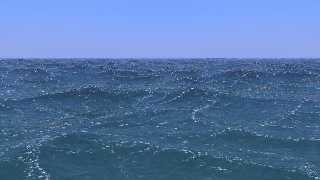|
 |
El 11/04/16 a las 08:50, Thomas de Groot escribió:
> What lame excuses! :-)
No, really... my back hurts now, as I had to be laying on the ground
almost 2 hours to remove the obstruction on the drain pump. And my brain
hurts too, after some more hours fiddling with the derivatives result to
convert them into an usable pattern.
> I am curious about the foam pattern. I have tried some ideas of my own
> yesterday but to no conclusive results.
I will publish the code soon, but here it is an extract:
// the derivatives
#declare EPSILON = 1e-4;
#declare
f1x=function{(f_water(x+EPSILON,y,0)-f_water(x-EPSILON,y,0))/2*EPSILON}
#declare
f1y=function{(f_water(x,y+EPSILON,0)-f_water(x,y-EPSILON,0))/2*EPSILON}
#declare f2x=function{(f1x(x+EPSILON,y,0)-f1x(x-EPSILON,y,0))/2*EPSILON}
#declare f2y=function{(f1y(x,y+EPSILON,0)-f1y(x,y-EPSILON,0))/2*EPSILON}
// the texture from them
#declare t_ocean=
texture{
pigment_pattern{
function{select(f2x(x,y,0)+f2y(x,y,0),abs(f2x(x,y,0)+f2y(x,y,0))*1000000000*4,0)}
}
texture_map{
[0.0 t_water]
[0.1 t_foam]
}
}
As you can see, the final pattern using the derivatives is tricky...
I had to play with EPSILON to find a value suitable for the scale of my
height_field and the "precision" I wanted. Then used select find the
negative parts and convert them to positive, and scaling the values up
because they are extremely small. Don't ask me how the hell I worked
that out... attached is a first render showing the result. Still not
what I want, but seems this is the way to go.
--
jaime
Post a reply to this message
Attachments:
Download 'ocean-16.jpg' (147 KB)
Preview of image 'ocean-16.jpg'

|
 |




![]()